The quest for blue is real! I love the color blue! It’s not found as often naturally as I’d like. Someone’s probably written a doctoral thesis on the topic, but it seems that evolution favors other colors. Why?
WHY IS GREEN MORE PREVALENT THAN BLUE ON OUR PLANET?
Cones, the color receptors in our retinas, are most sensitive in the green range. In fact, much on our planet skews towards green. Plants are chock full of chlorophyll, which gives them a green hue. Chlorophyll is found on every single plant on Earth. Green plants use chlorophyll to absorb light, so they can create their own energy. They do this via photosynthesis. Look outside in spring and summer for clear evidence of this.
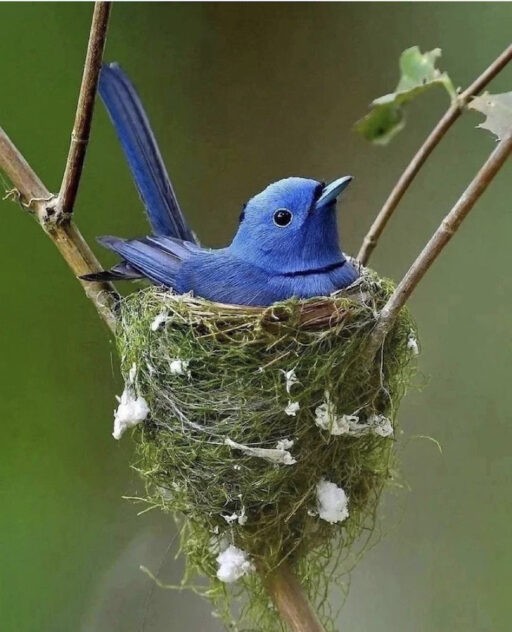
WHY IS THE SKY BLUE?
Okay, you’ll say what about the sky? The sky is blue but that isn’t a pigment. That is due to a phenomenon called Rayleigh Scattering. (The scattering of sunlight from the molecules in our atmosphere. This is more effective at shorter wavelengths. That makes sense because blue is on the shorter end of the visible light spectrum.)
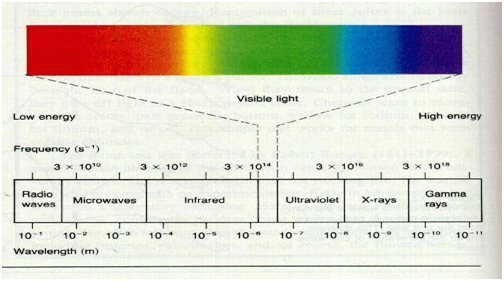
WHY BLUE JAYS ARE BLUE
Scattering is also why blue jays are blue. (The birds, not the team) Blue jays produce melanin, meaning the birds should technically appear almost black. However, tiny air sacs in the bird’s feathers scatter light, making it appear blue to our eyes.

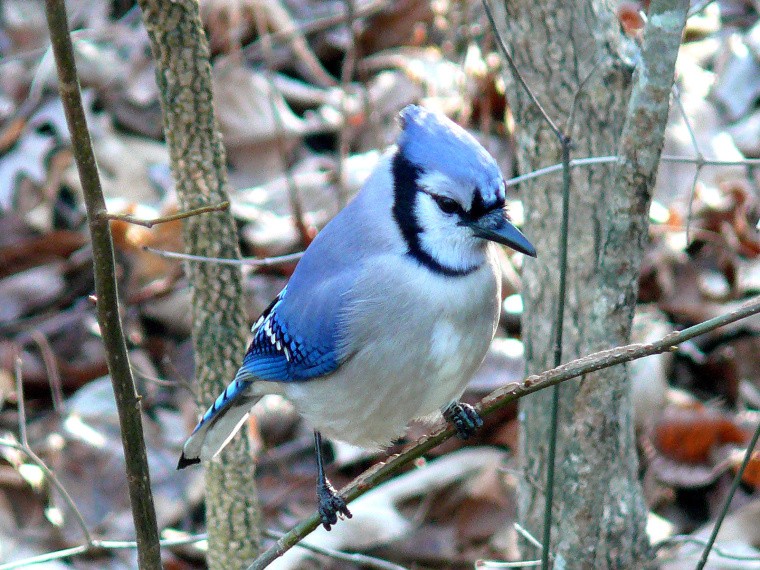
Now you’ll say, but what about the oceans? They’re blue!
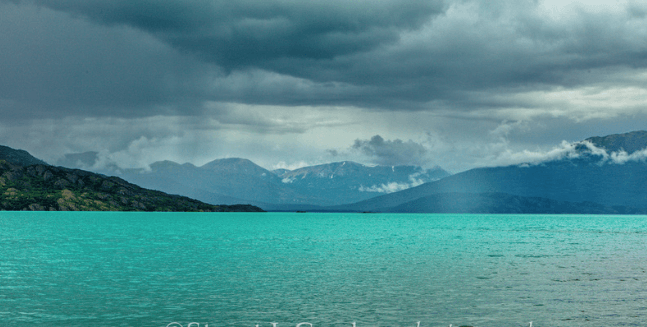
It turns out that the water is not blue because of the reflected skylight. This is a common misconception!
According to NOAA, (National Oceanic and Atmospheric Administration) the ocean is blue because of the way it absorbs sunlight.
Water strongly absorbs long-wavelength colors at the red end of the visible light spectrum. It also absorbs short wavelength light, including violet and UV.
THE QUEST FOR BLUE
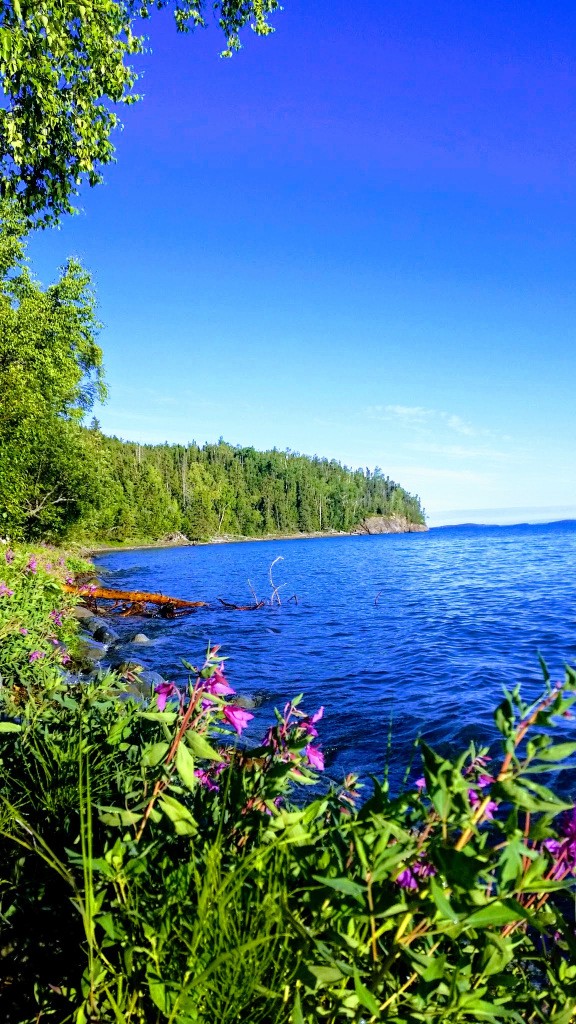
Water can take on other hues–including red and green– if light bounces off nearby objects, such as algae near the surface.
BLUE PIGMENTS
So, let’s get back to blue pigments. Perhaps people find blue valuable because it is uncommon. The economics of supply and demand in action? I am always on a quest for blue, no matter where it is! History shows that the ancients were on a quest for blue, too.
100,000 years ago, humans used red and yellow ochre from clay, as well as charcoal to create pigments. In the Babylonians’ and Egyptians’ quest for blue, to incorporate more blue into their lives, they used bits of lapis lazuli, a blue semiprecious stone.
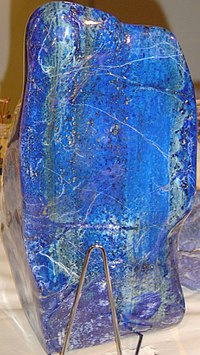
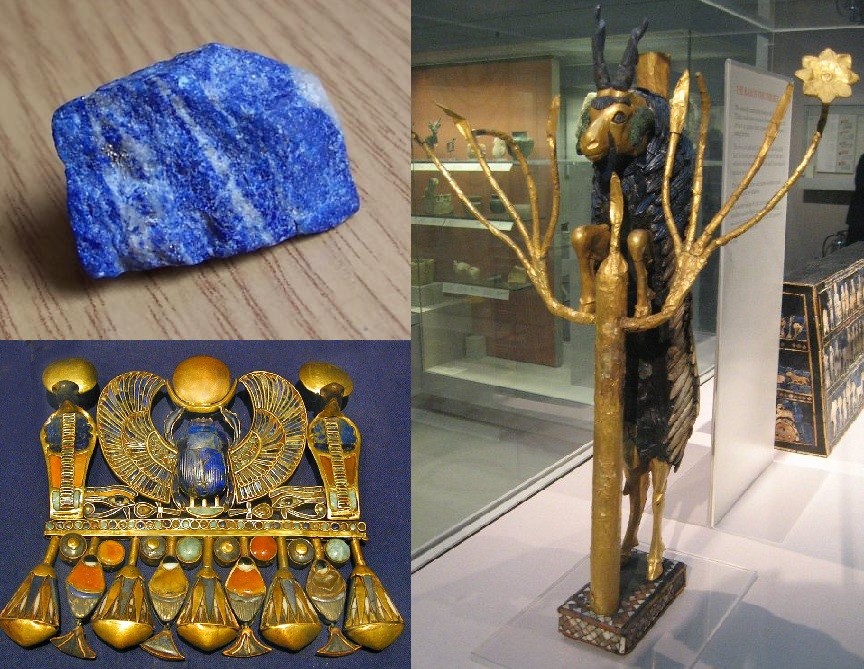
Lapus Lazuli (above)
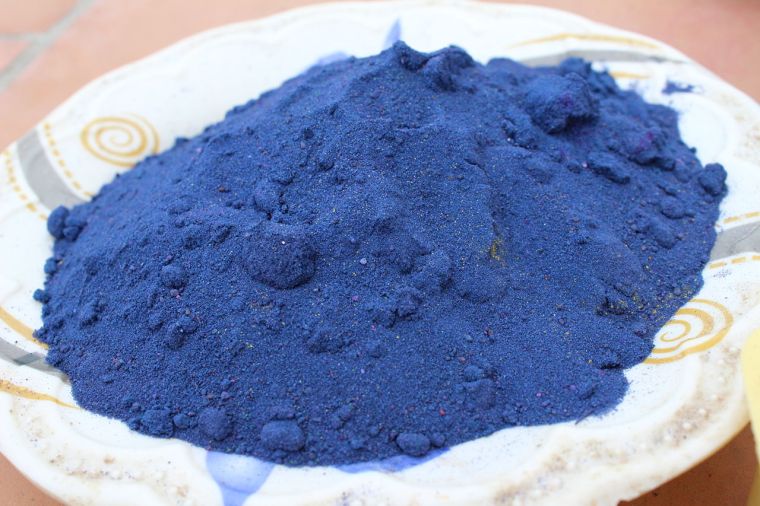
In the sixth century, evidence from Turkish burial sites suggests that humans ground minerals down to a fine powder. This wasn’t easy.
Here’s a link for more about blue pigments. https://www.science.org/doi/10.1126/science.364.6439.424
STEM FOR KIDS FACT!
The main reason why blue is so elusive has to do with the relatively narrow range of blue pigments found on our planet that create coloration. Red and orange pigments are produced by carotenoids, brown and black pigments are produced by eumelanin and yellow pigments are produced by pteridine compounds.
Plants have an easier time producing blue pigments thanks to anthocyanins. And I spend my summers adding fertilizers so my hydrangeas stay blue! (No, these are not MY hydrangeas…I wish!)
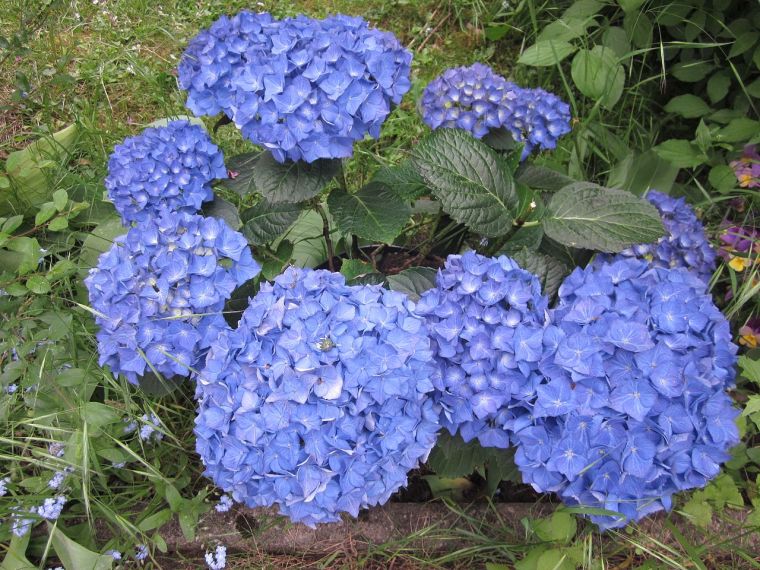
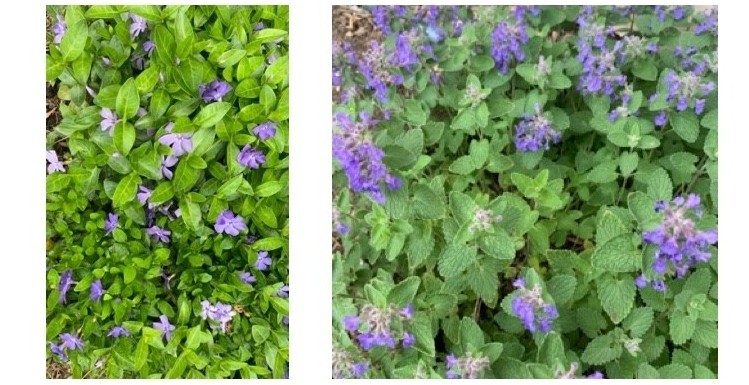
These are mine though….more purple than blue. Blue is tough!
Sapphires are actually formed from the mineral corundum, which is clear. When trace amounts of iron or titanium come in contact with the corundum as the crystals form, they are incorporated into the structure. (No, this is not my necklace either…I wish!)
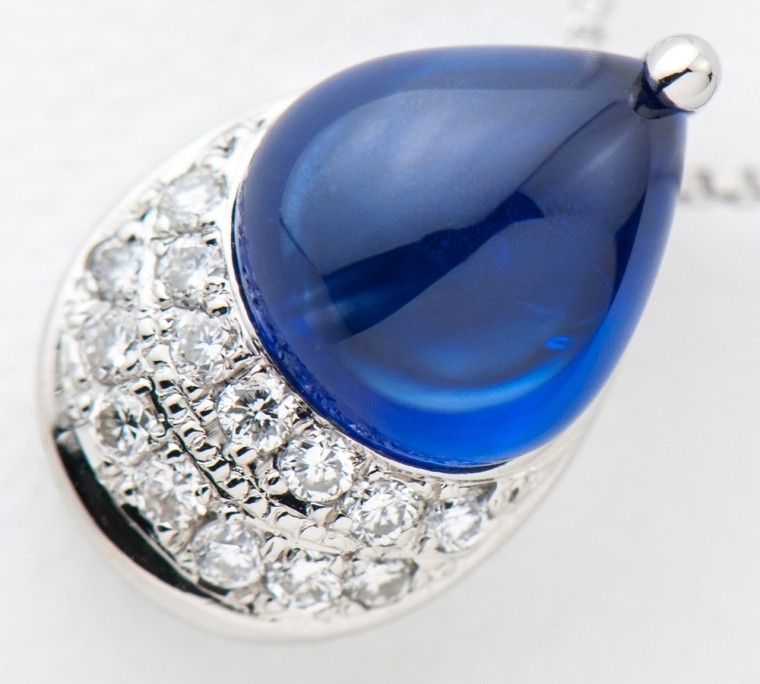
However, most creatures in the animal kingdom are unable to make blue pigments. Any instances of blue coloration you come across in animals are typically the result of structural effects, such as iridescence and selective reflection.
Science aside, I am wondering what you think.
Do you have a quest for blue? What is your favorite color?
Louie isn’t blue, but I don’t hold that against him! Don’t miss out on more posts so we can make sense of science together. I’ve got plenty of fun stem for kids. Here are two great experiments you can do with your kids or in the classroom!
Be sure to subscribe! That way you won’t miss out on more great science. And more Louie!

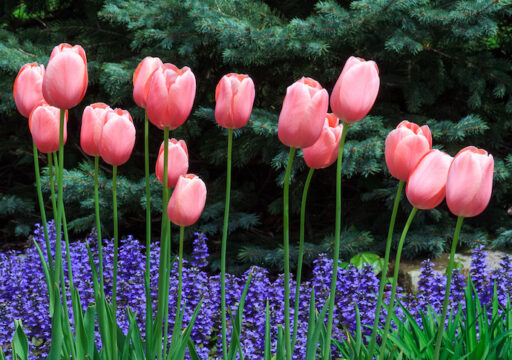

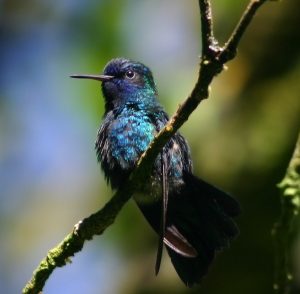
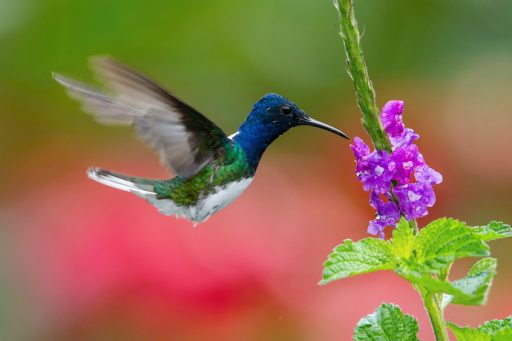

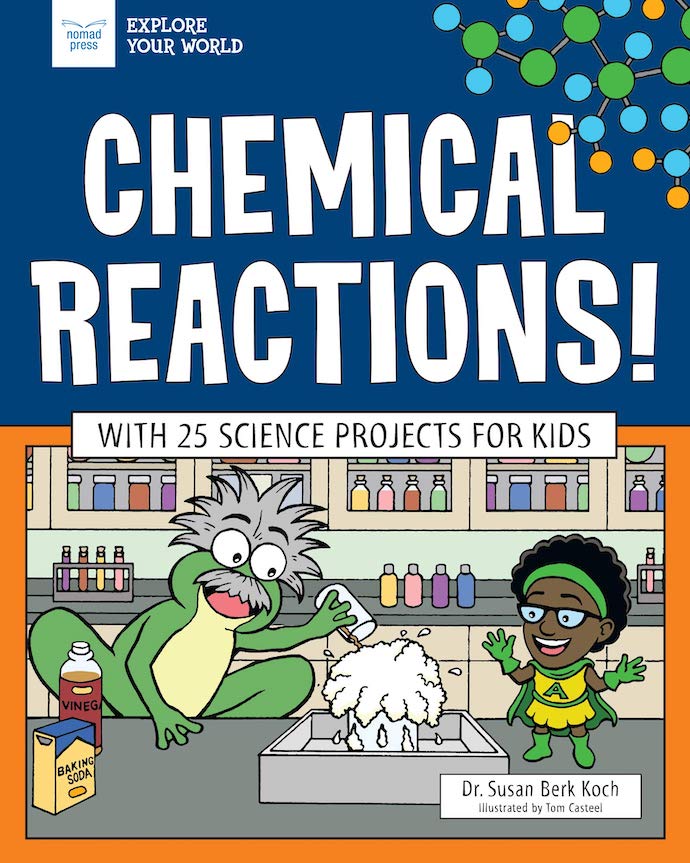

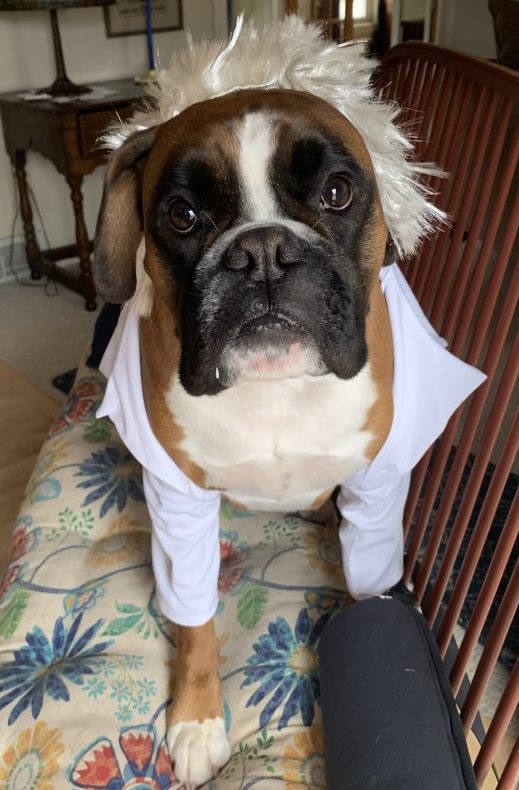
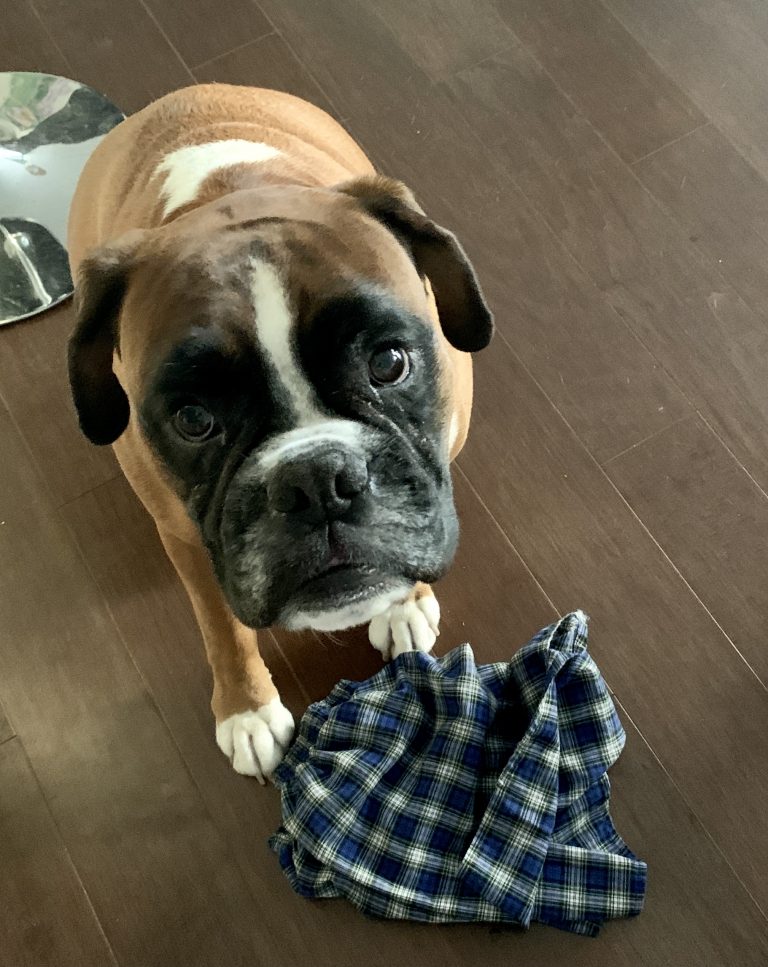
Fascinating! But I wonder, what happens to ocean water when it appears gray under overcast skies? Does it have something to do with the blockage of sunlight? (My favorite color is yellow because it makes me feel light and happy)
Good theory. That’s a great question! I’ll need to research.
Yellow is a happy color!
Super interesting – a perfect mini-science lesson for the day! I’ll never see a Blue Jay the same way!
Thanks, Eileen!
Thanks for this article! I’ve always been fascinated by the occurrence of the color blue in nature–specially in plants and flowers.
You’re so welcome! I’m glad you enjoyed it. Clearly, I’m a fan of blue, too…
Wow! So much great information here! Blue is also my favorite color and all of its various forms. My favorite color is blue painted with was phthalo blue and Cobalt. Great read!
Bert.
Thanks! I love all types of blue too.
I’m interested in planting cornflower and flax next year for more of a true blue flower outside.
Nice! I plan to put cornflowers in a container next year, because we have a bunny problem. I didn’t know about flax, it’s lovely. I’ll need to investigate. Thanks for mentioning them.